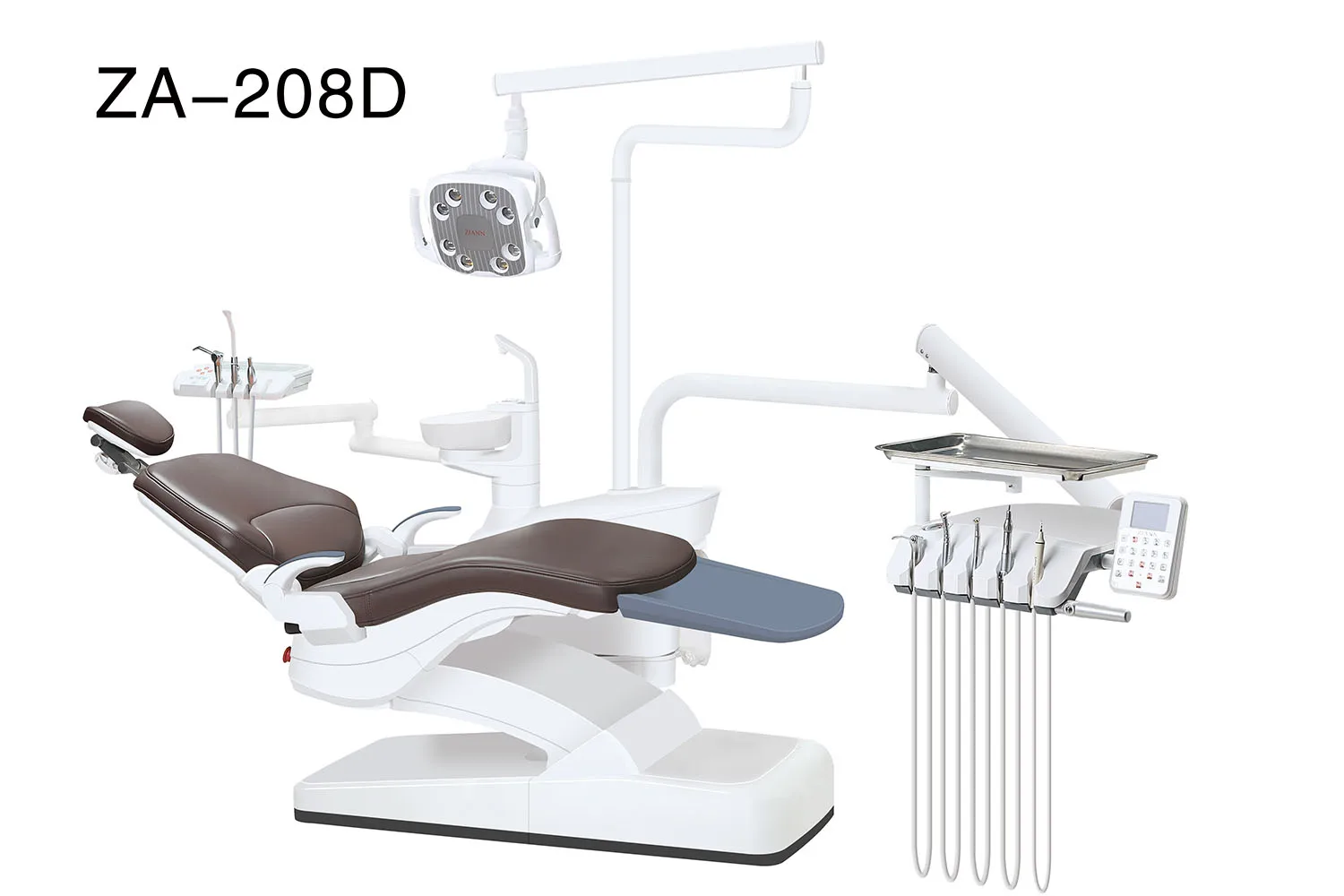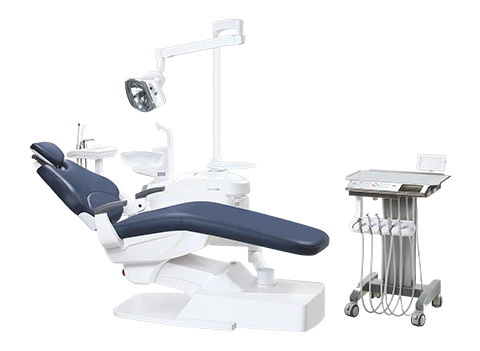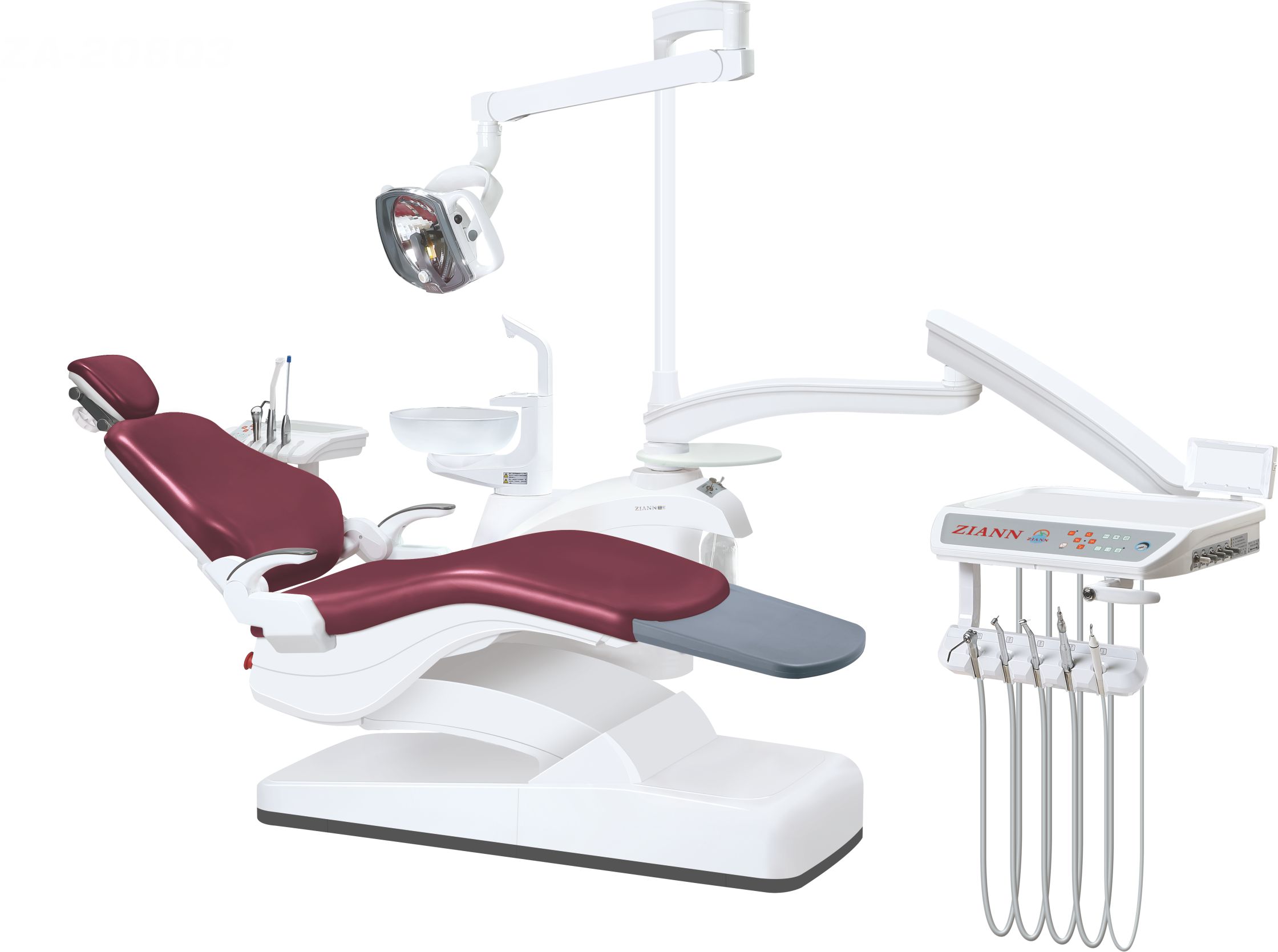Dental units serve as the central hub of any dental practice, where dentists and dental professionals provide essential oral health care services to patients. Behind every successful dental procedure lies a complex network of components working seamlessly together to ensure efficiency, comfort, and safety. Understanding the main components of a dental unit provides valuable insight into the intricacies of modern dental practices and the technology that drives them forward.
1. Dental Chair
At the heart of every dental unit is the dental chair, where patients recline comfortably during their procedures. Modern dental chairs are designed for maximum patient comfort and accessibility, with adjustable features such as headrests, armrests, and foot controls. Some advanced models even offer massage functions and memory foam padding to enhance the patient experience.
2. Dental Handpieces
Dental handpieces are the primary tools used by dentists to perform various procedures, including drilling, polishing, and shaping teeth. These handpieces can be powered by air, electricity, or both, and they come in different configurations to accommodate different procedures and preferences. High-speed handpieces are used for drilling, while low-speed handpieces are ideal for tasks such as polishing and finishing.
3. Dental Operatory Light
Proper illumination is crucial for dental procedures, and dental operatory lights provide the necessary brightness and focus for dentists to work effectively. Modern operatory lights feature LED technology, which offers clear, shadow-free illumination while minimizing heat and energy consumption. Some models even incorporate features such as adjustable intensity and color temperature to optimize visibility and reduce eye strain.
4. Dental Suction System
The dental suction system plays a vital role in maintaining a clean and dry oral environment during procedures by removing saliva, blood, and debris from the patient's mouth. These systems typically consist of a suction unit, hoses, and tips that dentists can maneuver to target specific areas. High-powered suction ensures efficient evacuation, contributing to a more hygienic and comfortable patient experience.
5. Dental X-ray System
Diagnostic imaging is an essential component of dental care, and dental X-ray systems allow dentists to capture detailed images of the teeth, jaw, and surrounding structures. Digital X-ray technology has revolutionized dental imaging, offering high-resolution images with minimal radiation exposure and instant results. This allows dentists to make accurate diagnoses and develop tailored treatment plans quickly and efficiently.
6. Dental Sterilization Equipment
Sterilization is paramount in maintaining a safe and hygienic environment in dental practices, and dental units are equipped with sterilization equipment to ensure that instruments and equipment are thoroughly cleaned between patients. Autoclaves, ultrasonic cleaners, and instrument washers are common components of dental sterilization systems, providing effective sterilization and disinfection to prevent the spread of infection.
7. Dental Assistant's Console
Dental assistants play a crucial role in supporting dentists during procedures, and the dental assistant's console houses essential tools and equipment to facilitate their tasks. This may include instruments for suctioning, rinsing, and handing instruments to the dentist, as well as controls for operating the dental chair and other components of the dental unit.
8. Dental Unit Control Panel
The dental unit control panel serves as the command center for dentists, allowing them to adjust settings and operate various components of the dental unit with ease. From controlling the position of the dental chair to adjusting the speed and intensity of dental handpieces, the control panel provides dentists with the flexibility and precision they need to deliver quality care to their patients.
In conclusion, the main components of a dental unit work in harmony to create a functional and efficient environment for dental procedures. From the ergonomic design of the dental chair to the advanced technology of dental handpieces and X-ray systems, each component plays a vital role in ensuring the success of dental treatments while prioritizing patient comfort and safety. As dental technology continues to evolve, so too will the components of dental units, driving innovation and enhancing the delivery of oral health care services.







